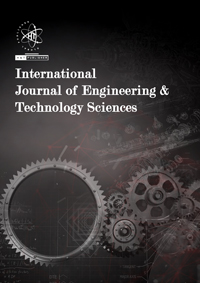


Movement imagination is a cognitive process where an individual mentally visualizes performing an action. Proper classification of motor imagery using brain signals represents a significant step towards designing brain-computer interaction systems for disabled individuals. Extracting suitable features is one of the primary challenges in improving the accuracy of this classification. In this study, we utilized time-frequency analysis to extract EEG signal features capable of accurately distinguishing between imagining right-hand and left-hand movements. Initially, we employed wavelet transform to extract frequency bands from EEG signals. Subsequently, we obtained effective statistical parameters of wavelet coefficients to reduce feature space dimensionality using Linear Discriminant Analysis (LDA). Finally, Support Vector Machine (SVM) was employed for EEG signal classification during hand movement imagination. Results indicate that the proposed method achieves higher accuracy in classifying right-hand versus left-hand movement imagination compared to previous approaches.